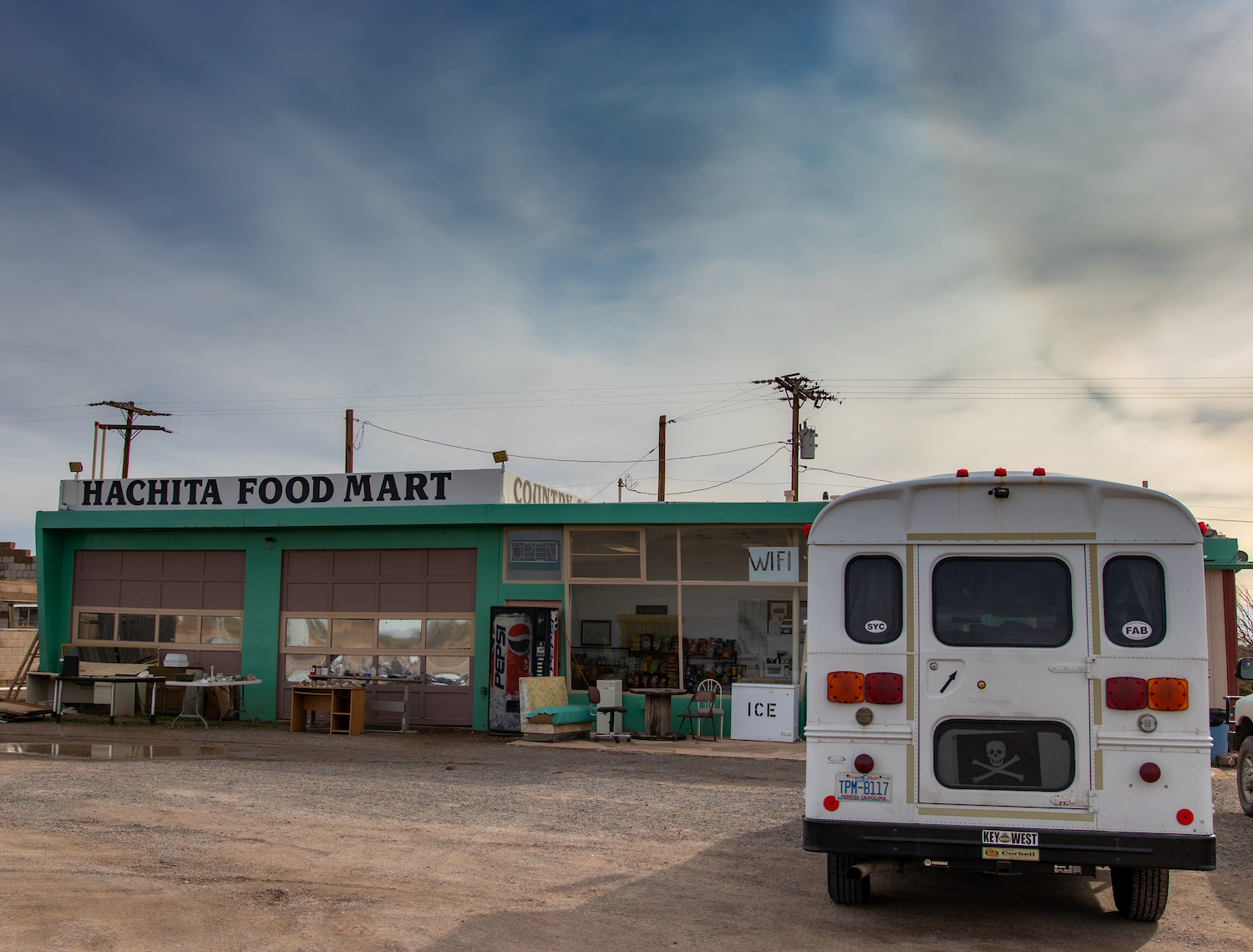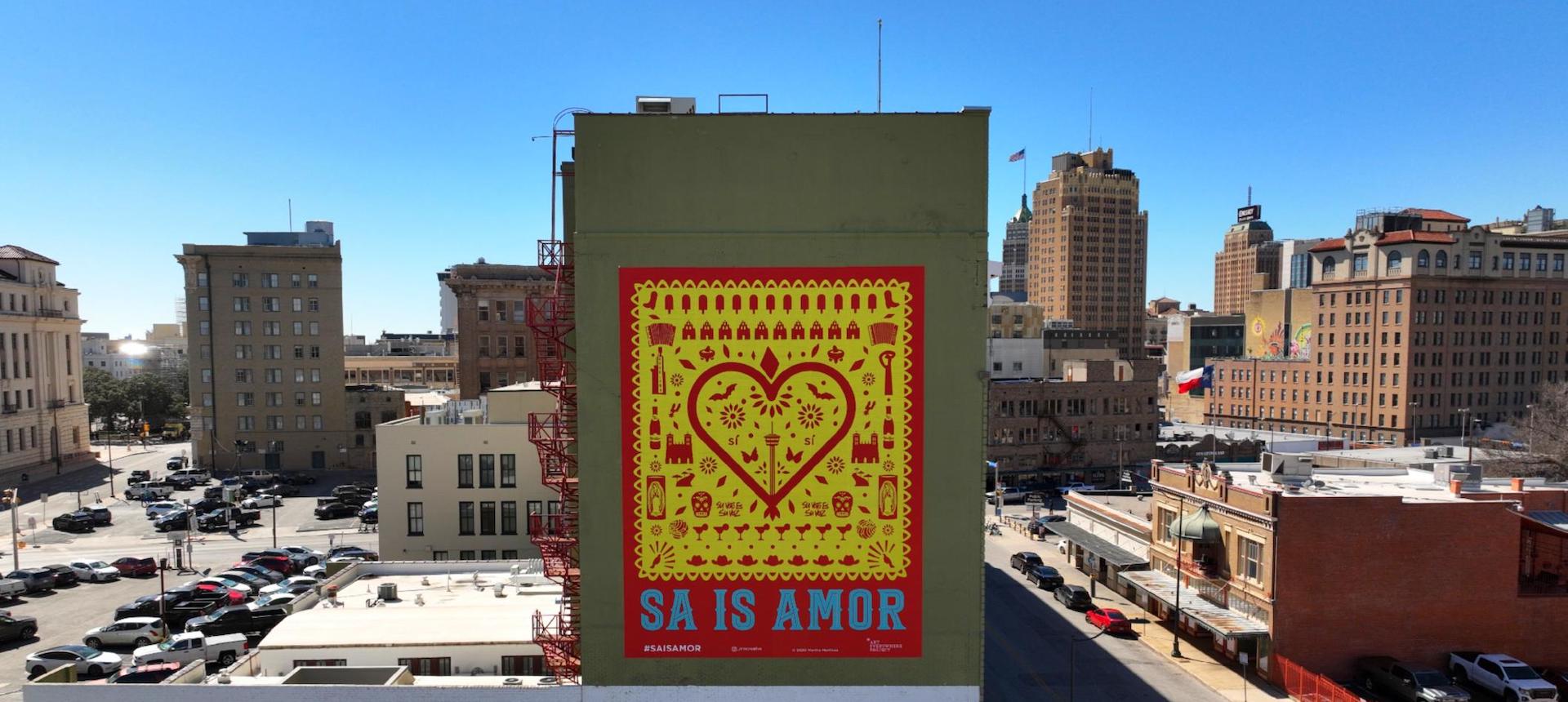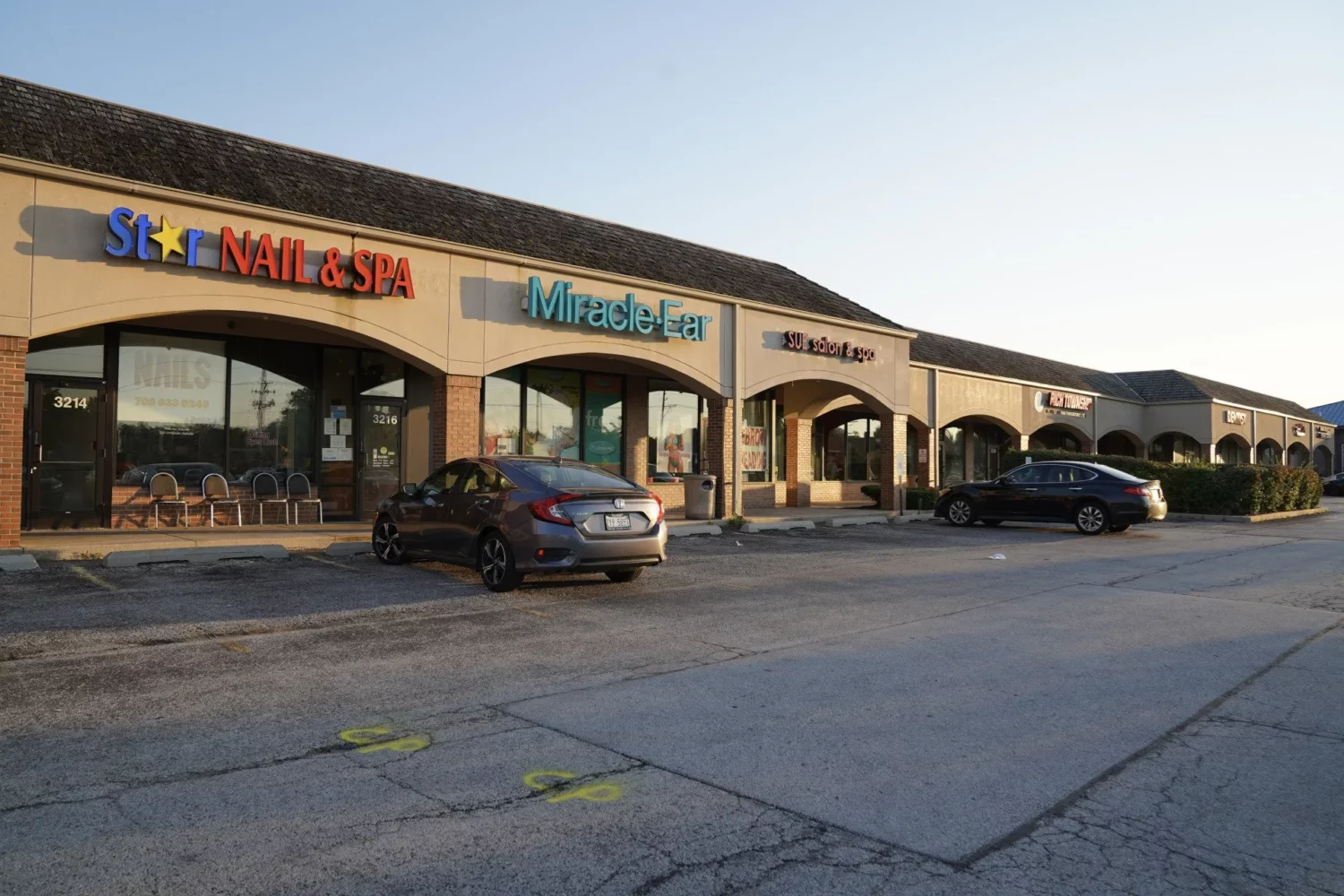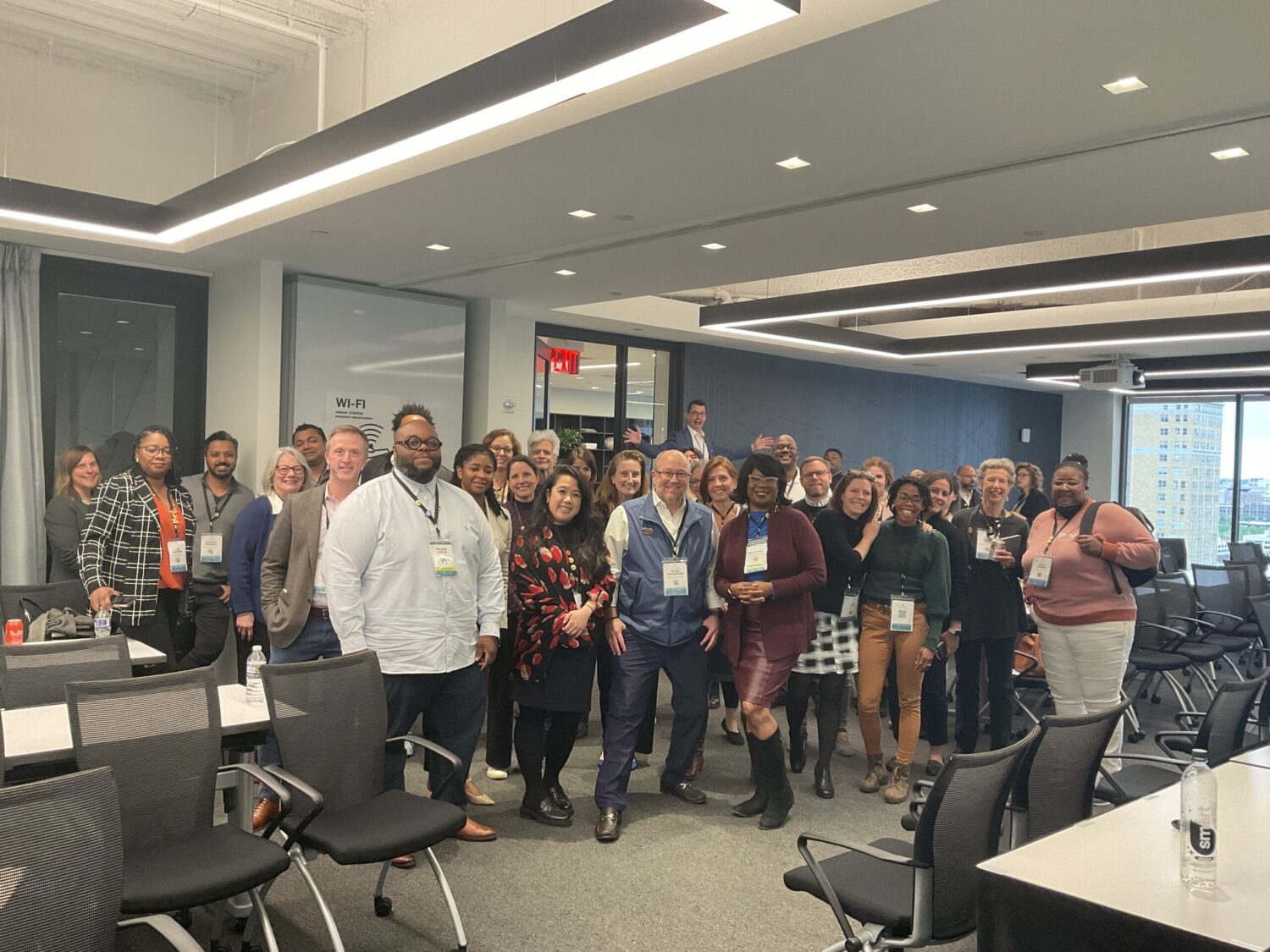ImpactAlpha, October 7 — In New Mexico, a nonprofit community health organization, a hospital and a local foundation all wanted to put more of their capital to work for impact in the “Land of Enchantment.”
They came together to commit a combined $11 million into a bond strategy called Local Impact Fixed Income Targeted Investment New Mexico – or LIFT NM. The capital will support homeownership, small business growth, affordable rental housing and healthcare in the state.
Managing the strategy is RBC Global Asset Management, the asset management arm of the Toronto-based Royal Bank of Canada, which manages more than $465 billion in assets. RBC GAM’s Access Capital Community Strategy has raised a total of $1.7 billion for place-based strategies, including through funder collaboratives in at least half a dozen states, including California, New York and Minnesota.
“This is a perfect way we can align more of our endowment with our mission and invest in our local community,” said Jerry Jones, chief financial officer of Anchorum St. Vincent, the community health nonprofit. He called the strategy “a high quality, liquid, market-rate investment alternative” that complements the organization’s direct place-based impact investments.
Anchorum owns half of the CHRISTUS St. Vincent Regional Medical Center, which also committed capital to the strategy, as did the Santa Fe-based McCune Charitable Foundation.
On-ramp
With the Access Capital Community Strategy, RBC GAM has carved out a niche among place-based collaboratives seeking to mobilize additional capital for social services in underserved communities. With low-risk investments in guaranteed mortgage-backed securities from federal agencies and local, state and federal government-backed loans and securities, the bonds fit easily into standard endowment portfolios.
That provides an easy on-ramp for even change-averse investment offices to align more of their organizations’ capital with their social missions. The investments come from charitable endowments, not their programmatic or grant budgets.
“A couple years ago investors would ask, ‘Why should we try to make investments that provide a financial return and have a social benefit?’” Ron Homer, RBC GAM’s U.S. chief strategist of impact investing, told ImpactAlpha. “Now more and more people are asking, and I hope they continue to ask, ‘Why shouldn’t we make an investment that provides a financial return as well as the social benefits?’”
The locally targeted bond fund has its roots in an initiative to help banks meet their requirements under the federal Community Reinvestment Act, or CRA. The CRA, enacted in 1977, is intended to spur lending in low- and moderate-income communities often underserved by major lenders. The fund built a 20-year track record with community-based organizations to invest in mortgage-backed and municipal securities and government-backed loans to support low-and middle-income housing, small business lending, healthcare and education, and wealth creation in U.S. underserved areas. RBC GAM is using the same bond fund to help foundations and nonprofit organizations target fixed-income allocations toward local needs.
“The regional initiatives are a way for mid-sized and smaller investors to pool their money with other like-minded investors to have the same type of impact that a larger investor could have,” Homer says.
Place-based
In California, RBC GAM last year worked with regional grantmaker associations to raise $100 million from the San Francisco Foundation, Fresno County Employees’ Retirement Association, Weingart Foundation and other community mission-aligned California organizations. The capital is targeted at homeownership, job creation, small business growth and access to affordable rental housing, health care and education in underserved communities in California.
A similar collaboration in Minnesota, launched in 2017, has deployed 535 mortgage loans for low-income single family homeowners totaling $115 million; $9.4 million to create 766 affordable rental housing units for low-income renters; $1.7 million to create 200 beds for healthcare facilities and nursing homes; and nearly $400,000 in small business loans.
The bond fund provided loans for restaurants, health care facilities, day care centers and other essential small businesses.
The McKnight and Bush foundations and the Otto Bremer Trust, along with other Minnesota foundations committed $17 million to catalyze capital from mission-aligned market-rate investors to invest in housing and small businesses in Minnesota. RBC GAM has raised over $100 million to date for the Minnesota collaboration.
In New Mexico, the market-rate fixed income product is just one part of a place-based impact ecosystem. The New Mexico Impact Investing Collaborative, which helped organize LIFT NM with Groundworks New Mexico, another nonprofit, has mobilized tens of millions in private and philanthropic capital into more than a dozen local deals, including a model conversion to house the homeless and Native community lenders. The collaborative is hosting a virtual summit on Monday, Oct. 18 to highlight strategies to deploy and leverage investment into New Mexico, including LIFT NM.
LIFT NM is “an alternative way of making local impact investing accessible to a broad set of institutional and private investors, while expanding access to capital for underserved communities in a way that’s scalable,” says Joohee Rand of NMIIC.
RBC GAM is looking to bring in allocations from other foundations, corporations, nonprofits, health care organizations, private and public institutions, financial advisors and family offices for LIFT NM.











